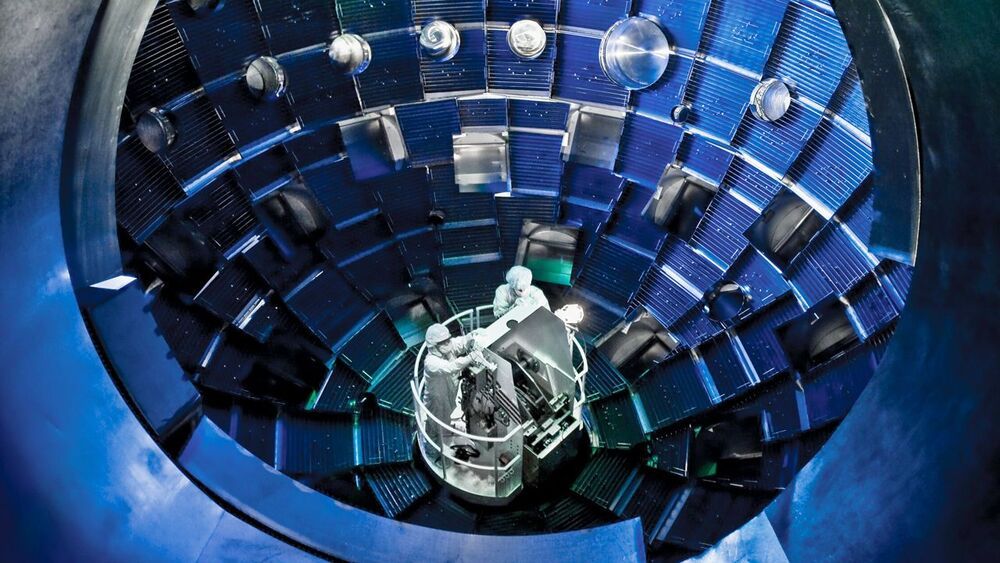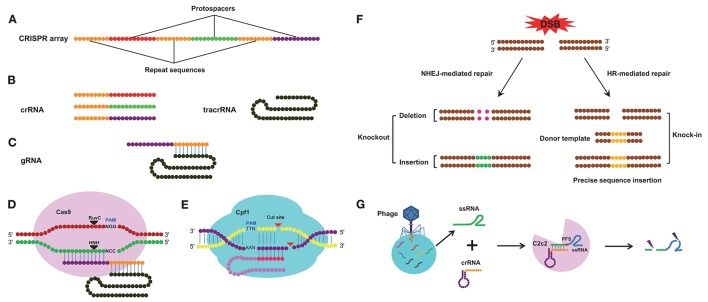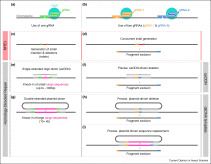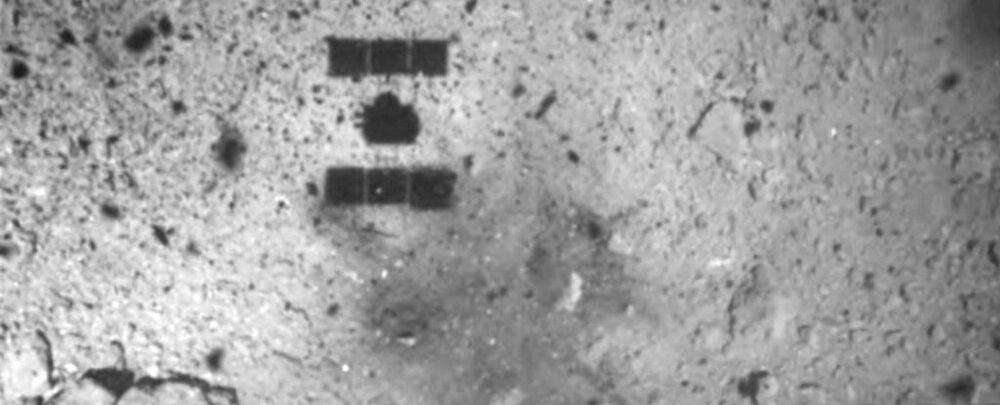After a decade, National Ignition Facility nears a self-heated, sustained reaction, though net energy gain is still elusive.






My most recent article published in my LinkedIn profile. Opinions and thoughts are welcome.
Elon Musk has been warning for years of the risks that the progress in AI can pose to humanity. Long story short, his position is that AI, once it eventually becomes AGI, is going to be so advanced that it will make humans irrelevant.
In order to prevent this from happening, Elon Musk argues that a symbiosis between the human mind and AI is necessary, so that a sort of “Brain Computer Interface” or BCI allow humans direct communication with the cloud, and allow to process information at the speed that things are done in the cloud. Also, it would allow to limitlessly increase the scarce memory that our brains are capable of holding.
Elon argues that the interface with our mobiles and with PCs, as it requires the use of fingers, is chaotically slow and inefficient. Even if voice commands were much better than they are today, it would be still cumbersome compared with what would suppose being able to interact directly through our thougths.

For more than two decades, I have been working to improve several staple food crops in Africa, including bananas, plantains, cassavas and yams. As principal scientist and a plant biotechnologist at the International Institute for Tropical Agriculture in Nairobi, I aim to develop varieties that are resistant to pests and diseases such as bacterial wilt, Fusarium wilt (caused by the fungus F. oxysporum) and banana streak virus.
[Editor’s note: Abdullahi Tsanni is a freelance science journalist based in Abuja, Nigeria.]
In 2011, my team and I created a set of tools, the only one of its kind in Africa, for changing DNA sequences so that we could develop genetically modified and genome-edited products in sub-Saharan Africa. In 2018, we pioneered the first application of CRISPR gene-editing technology to deactivate banana streak virus in plantains. This technology overcame a major hurdle in banana breeding on the continent, and is the first reported successful use of genome editing to improve bananas.

The honeybee (Apis mellifera) is an important insect pollinator of wild flowers and crops, playing critical roles in the global ecosystem. Additionally, the honeybee serves as an ideal social insect model. Therefore, functional studies on honeybee genes are of great interest. However, until now, effective gene manipulation methods have not been available in honeybees. Here, we reported an improved CRISPR/Cas9 gene-editing method by microinjecting sgRNA and Cas9 protein into the region of zygote formation within 2 hr after queen oviposition, which allows one-step generation of biallelic knockout mutants in honeybee with high efficiency. We first targeted the Mrjp1 gene. Two batches of honeybee embryos were collected and injected with Mrjp1 sgRNA and Cas9 protein at the ventral cephalic side and the dorsal posterior side of the embryos, respectively. The gene-editing rate at the ventral cephalic side was 93.3%, which was much higher than that (11.8%) of the dorsal-posterior-side injection. To validate the high efficiency of our honeybee gene-editing system, we targeted another gene, Pax6, and injected Pax6 sgRNA and Cas9 protein at the ventral cephalic side in the third batch. A 100% editing rate was obtained. Sanger sequencing of the TA clones showed that 73.3% (for Mrjp1) and 76.9% (for Pax6) of the edited current-generation embryos were biallelic knockout mutants. These results suggest that the CRISPR/Cas9 method we established permits one-step biallelic knockout of target genes in honeybee embryos, thereby demonstrating an efficient application to functional studies of honeybee genes. It also provides a useful reference to gene editing in other insects with elongated eggs.

Clustered regularly interspaced short palindromic repeats (CRISPR) and the CRISPR-associated gene Cas9 represent an invaluable system for the precise editing of genes in diverse species. The CRISPR/Cas9 system is an adaptive mechanism that enables bacteria and archaeal species to resist invading viruses and phages or plasmids. Compared with zinc finger nucleases and transcription activator-like effector nucleases, the CRISPR/Cas9 system has the advantage of requiring less time and effort. This efficient technology has been used in many species, including diverse arthropods that are relevant to agriculture, forestry, fisheries, and public health; however, there is no review that systematically summarizes its successful application in the editing of both insect and non-insect arthropod genomes. Thus, this paper seeks to provide a comprehensive and impartial overview of the progress of the CRISPR/Cas9 system in different arthropods, reviewing not only fundamental studies related to gene function exploration and experimental optimization but also applied studies in areas such as insect modification and pest control. In addition, we also describe the latest research advances regarding two novel CRISPR/Cas systems (CRISPR/Cpf1 and CRISPR/C2c2) and discuss their future prospects for becoming crucial technologies in arthropods.
Keywords: CRISPR/Cas9, insects, non-insect arthropods, research progress, prospects.
Genome editing technologies are useful for understanding the functions of target genes in diverse organisms (Segal and Meckler, 2013). Before the CRISPR/Cas9 system was discovered, zinc finger nucleases (ZFNs) and transcription activator-like effector nucleases (TALENs) technologies were used for genome modification; both technologies can be used to design a DNA-binding domain that can effectively recognize and modify virtually any sequence, and both technologies have been widely applied in various fields (Gaj et al., 2013). ZFNs and TALENs, however, require the use of a variety of nucleases, and the off-target effects of nucleases can lead to cellular toxicity. In addition, methods using ZFNs and TALENs are complex and labor-intensive (Kanchiswamy et al., 2016). These two genome-editing systems have been recently replaced by the CRISPR/Cas9 system, which is far more convenient and effective than ZFNs and TALENs (Lander, 2016; Mohanraju et al., 2016; Wang H. et al., 2016; Westra et al.

Initially discovered in bacteria, CRISPR-based genome editing endonucleases have proven remarkably amenable for adaptation to insects. To date, these endonucleases have been utilized in a plethora of both model and non-model insects including diverse flies, bees, beetles, butterflies, moths, and grasshoppers, to name a few, thereby revolutionizing functional genomics of insects. In addition to basic genome editing, they have also been invaluable for advanced genome engineering and synthetic biology applications. Here we explore the recent genome editing advancements in insects for generating site-specific genomic mutations, insertions, deletions, as well as more advanced applications such as Homology Assisted Genome Knock-in (HACK), potential to utilize DNA base editing, generating predictable reciprocal chromosomal translocations, and development gene drives to control the fate of wild populations.

In the dusty desert town of Woomera, in the South Australian desert, scientists are getting ready. On 6 December 2020, after six years in space, the Japan Aerospace Exploration Agency’s Hayabusa2 spacecraft will finally return to Earth.
It carries with it a cargo unbelievably rare, precious, and hard-won — at least 100 milligrams of material collected from the surface of asteroid Ryugu. It will drop the capsule containing the sample to Earth, the spacecraft itself continuing on to visit more asteroid targets.
Hayabusa2’s return will mark a milestone in a remarkable feat of space science, a total journey of around 5.24 billion kilometres (almost 3.3 billion miles). Asteroid Ryugu — formerly known as 1999 JU3 — is on an elliptical orbit that carries it just inside Earth’s orbital path around the Sun, and out almost as far as Mars’ orbit.